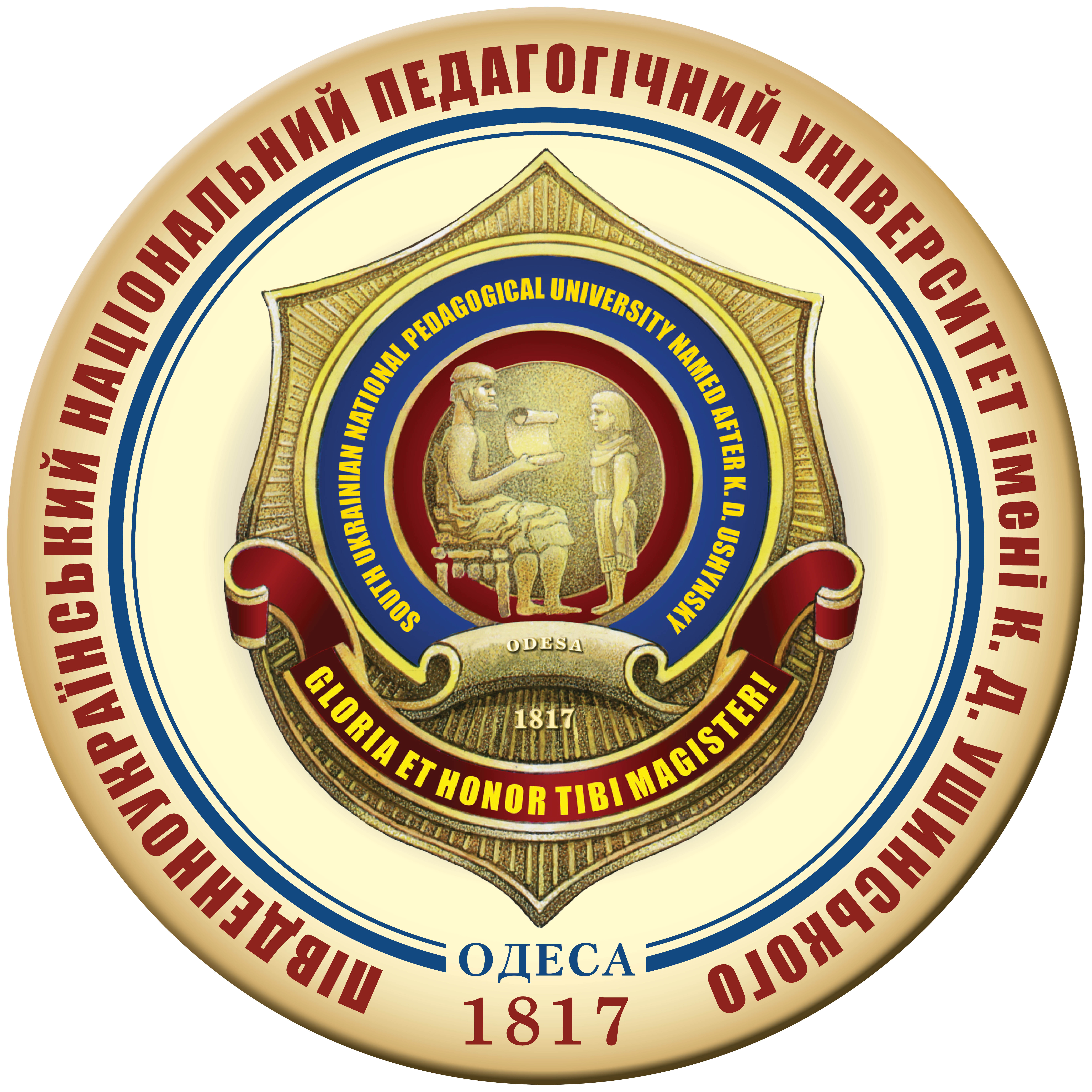FEATURES OF PHYSICAL EDUCATION OF SCHOOL STUDENTS OF THE SPECIAL MEDICAL GROUP USING BODY-ORIENTED METHODS
DOI:
https://doi.org/10.24195/olympicus/2023-1-7Keywords:
flexibility, physical training, schoolchildren, special medical group, testing.Abstract
Relevance of the research topic. In connection with the increase in the number of children who have permanent disorders in the anatomical and functional state, the issue of preserving and restoring the health of schoolchildren is important in the concept of school education in Ukraine. The complexity of the process of organizing and conducting physical education classes for schoolchildren of a special medical group is due to their differences in age, gender, nature of the disease, functional and psychological parameters. The purpose of the study is to scientifically substantiate the content and structure of the physical education program for schoolchildren of a special medical group based on the use of body-oriented methods and experimentally determine its effectiveness. Research methods. The work used the methods of the theoretical level of research: analysis, comparison, induction, deduction, systematization and generalization of scientific and methodological literature, regulatory and legal documents. Work results. The flexibility index of the spine was significantly higher in schoolchildren of the experimental group compared to the control group by 2.1 cm (p < 0.05), the strength endurance of the back muscles – by 6.9 s (p < 0.05), the abdominal press – by 6.2 s (p < 0.05), spinal flexion – by 2.2 s (p < 0.05), spinal extension – by 3.20 s (p < 0.05). A comparison of the final values of the shoulder index showed the advantages of training according to the developed program with the use of body-oriented methods. The results of the shoulder index in the students of the experimental group were significantly higher by 1.87% (p < 0.05) compared to the students of the control group. Conclusions. As a result of the introduction of body-oriented methods into the pedagogical process of physical education of schoolchildren of a special medical group, statistically significant improvements in the results of the functional state of the musculoskeletal system in the experimental group were noted, which was accompanied by an increase in the mobility of the spine in its various departments and an improvement in strength endurance.
References
Бабич В.І. Організація оздоровчої роботи у спеціальній медичній групі. Держ. закл. «Луган. нац. ун-т імені Тараса Шевченка». Луганськ Вид-во ДЗ «ЛНУ імені Тараса Шевченка», 2010. 108 с.
Бариляка І.Р. Фізичний розвиток дітей різних регіонів України. Тернопіль : Укрмедкнига, 2000. 206 с.
Безверхня Г.В. Формування мотивації до занять фізичною культурою і спортом школярів та студентів : монографія. Умань : ВПЦ «Візаві», 2016. 223 с.
Бублей Т.А. Диференційоване навчання фізичних вправ учнів спеціальної медичної групи як стратегія збереження здоров’я школярів. Науковий часопис Серія 15 «Науково-педагогічні проблеми фізичної культури фізична культура і спорт». Випуск 3 К1 (56) 15. Київ : Вид-во НПУ імені М. П. Драгоманова, 2015. С. 75–77.
Бублей Т.А. Контроль і оцінювання навчальних досягнень учнів 5-9 класів, які мають відхилення у стані здоров’я. Зб. наук. праць «Педагогічні науки». Випуск № 3(58). Миколаїв : МНУ імені В.О. Сухомлинського, вересень 2017. С. 45–50.
Бублей Т.А. Сучасні тенденції у фізичному вихованні учнів основної школи з відхиленнями в стані здоров’я. Фізичне виховання в рідній школі. Випуск № 5(111). 2017. С. 37–41.
King K., FACSM Exercise Strategies for Children A Public Health Approach for Obesity Prevention. Clinical applications. 2015. Vol. 19. № 4. P. 39–41.
McNeal J.R. Muscle activation characteristics of tumbling take-offs. Sports Biomechanics. 2007. Sep. (293). 6 (3). Р. 375–390.
Solberg G. Postural Disorders and Musculoskeletal Dysfunction: Diagnosis, Prevention and Treatment. Gill Solberg. 2007. 304 р.
Winters A.F. Emotion, embodiment, and mirror neurons in dance/movement therapy: A connection across disciplines. American Journal of Dance Therapy. 2008. № 30. P. 84–105.








